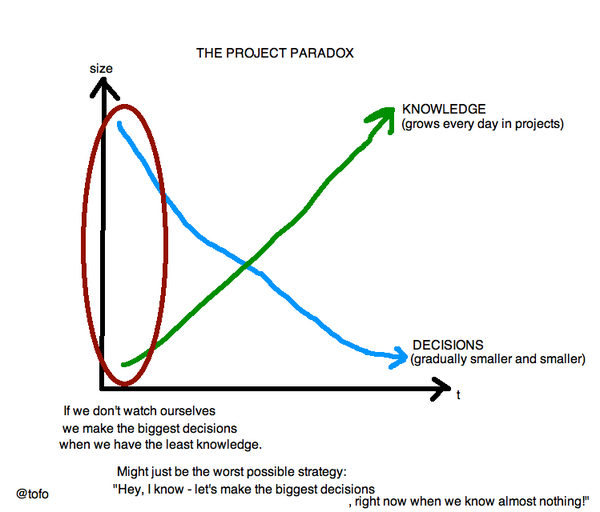Dutch government publishes large project as Free Software by
Carmen Bianca Bakker.
From the post:
The Dutch Ministry of the Interior and Kingdom Relations released the source code and documentation of Basisregistratie Personen (BRP), a 100M€ IT system that registers information about inhabitants within the Netherlands. This comes as a great success for Public Code, and the FSFE applauds the Dutch government’s shift to Free Software.
Operation BRP is an IT project by the Dutch government that has been in the works since 2004. It has cost Dutch taxpayers upwards of 100 million Euros and has endured three failed attempts at revival, without anything to show for it. From the outside, it was unclear what exactly was costing taxpayers so much money with very little information to go on. After the plug had been pulled from the project earlier this year in July, the former interior minister agreed to publish the source code under pressure of Parliament, to offer transparency about the failed project. Secretary of state Knops has now gone beyond that promise and released the source code as Free Software (a.k.a. Open Source Software) to the public.
In 2013, when the first smoke signals showed, the former interior minister initially wanted to address concerns about the project by providing limited parts of the source code to a limited amount of people under certain restrictive conditions. The ministry has since made a complete about-face, releasing a snapshot of the (allegedly) full source code and documentation under the terms of the GNU Affero General Public License, with the development history soon to follow.
…
As far as the “…complete about-face…,” the American expression is: “You’ve been had.”
Be appearing to agonize over the release of the source code, the “former interior minister” has made it appear the public has won a great victory for transparency.
Actually not.
Does the “transparency” offered by the source code show who authorized the expenditure of each part of the 100M€ total and who was paid that 100M€? Does source code “transparency” disclose project management decisions and who, in terms of government officials, approved those project decisions. For that matter, does source code “transparency” disclose discussions of project choices at all and who was present at those discussions?
It’s not hard to see that source code “transparency” is a deliberate failure on the part of the Dutch Ministry of the Interior and Kingdom Relations to be transparent. It has withheld, quite deliberately, any information that would enable Dutch citizens, programmers or otherwise, to have informed opinions about the failure of this project. Or to hold any accountable for its failure.
This may be:
…an unprecedented move of transparency by the Dutch government….
but only if the Dutch government is a black hole in terms of meaningful accountability for its software projects.
Which appears to be the case.
PS: Assuming Dutch citizens can pry project documentation out of the secretive Dutch Ministry of the Interior and Kingdom Relations, I know some Dutch topic mappers could assist with establishing transparency. If that’s what you want.


